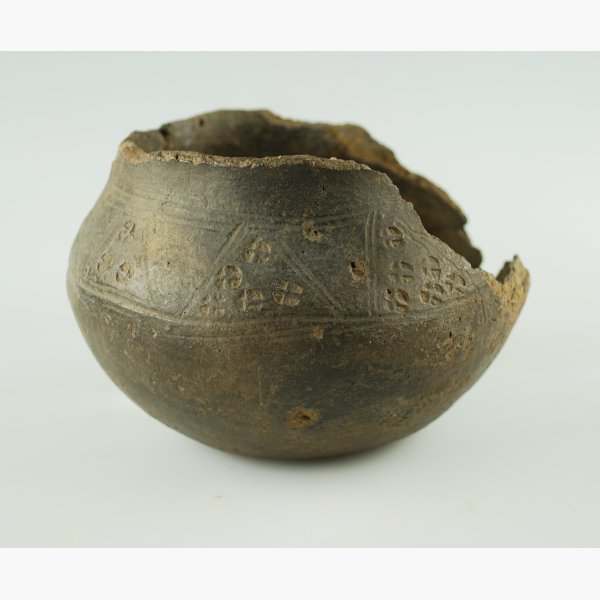
Pottery Cremation Urn

Pottery Cremation Urn

Pottery Cremation Urn

Pottery Cremation Urn

Pottery Cremation Urn

These essential cookies always need to be on because the website cannot function properly without them. They can only be disabled by changing your browser preferences.
These cookies allow us to count visits and traffic sources so we can measure and improve the performance of our site. They help us to know which pages are the most and least popular and see how visitors move around the site. All information these cookies collect is aggregated and therefore anonymous. If you do not allow these cookies we will not know when you have visited our site, and will not be able to monitor its performance.
These cookies enable the website to provide enhanced functionality and personalisation. They may be set by us or by third party providers whose services we have added to our pages. If you do not allow these cookies then some or all of these services may not function properly.

AD 410 - 650
Melton Mowbray
Decorated vessel used to hold the cremated remains of an individual when buried in the ground.
The early Anglo-Saxons made pots by coiling and then fired them on a bonfire. They did not use potter's wheels or kilns.

AD 500 - 600
Saxby
Decorated vessel used to hold the cremated remains of an individual when buried in the ground.
The early Anglo-Saxons made pots by coiling and then fired them on a bonfire. They did not use potter's wheels or kilns.
During pond-digging in 1823 Anglo-Saxon urns and grave goods were found at Stapleford Park, Saxby. During the construction of the railway in 1891 further burials and a large quantity of finds were recorded (both inhumations and cremations).

AD 410 - 650
Melton Mowbray
Decorated vessel used to hold the cremated remains of an individual when buried in the ground.
The early Anglo-Saxons made pots by coiling and then fired them on a bonfire. They did not use potter's wheels or kilns.

AD 410 - 850
Melton Mowbray
Vessel used to hold the cremated remains of an individual when buried in the ground.
The early Anglo-Saxons made pots by coiling and then fired them on a bonfire. They did not use potter's wheels or kilns.

AD 410 - 650
Melton Mowbray
Vessel used to hold the cremated remains of an individual when buried in the ground.
The early Anglo-Saxons made pots by coiling and then fired them on a bonfire. They did not use potter's wheels or kilns.

AD 410 - 850
Beck Mill, Melton Mowbray
Vessels used to hold the cremated remains of an individual when buried in the ground.
Between 1860 and 1870 over 70 skeletons were found buried at the inhumation cemetery at Beck Mill along with grave goods including beads, knives, pottery, spearheads, shield bosses, urns, swords and buckets. The remains were found in the brick pit.

We are a Visit England Quality Assured Visitor Attraction.
© Melton Carnegie Museum 2025 | Cookies | Privacy | Disclaimer | Sitemap | Accessibility Statement
Website by Cuttlefish